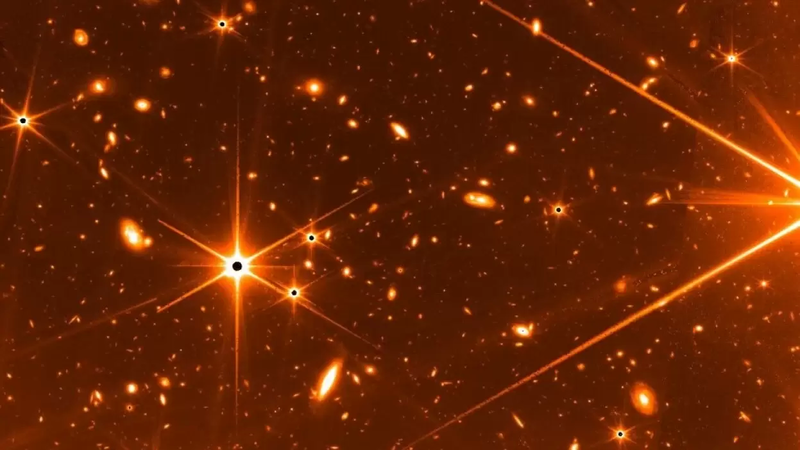Every day we wake up, drink a cup of coffee, and get ready for work. Following are a handful of stories from around the tech world condensed to fit into one single cup of coffee. These are the things you need to know before you step foot out of your door (or in front of a webcam) and into the real world this morning.
So sit back, grab a cup, and start your morning off right with a few “Quick Bytes” from Innovation & Tech Today.
Large Hadron Collider Experiment Leads to the Discovery of 3 New Exotic Particles
The Large Hadron Collider’s third run is already producing new discoveries. Large Hadron Collider beauty (LHCb) collaboration has announced the discovery of three new exotic particles. The results, presented July 5 at a CERN seminar, prove the existence of three new exotic particles made up of quarks. The particles were theorized by scientists about six decades ago, but only recently have they been observed by LHCb and other experiments.
“Finding exotic particles and measuring their properties will help theorists develop a model of how these particles are built, the exact nature of which is largely unknown, it will also help to better understand the theory for conventional particles such as the proton and neutron,” said Chris Parkes, Professor of Experimental Particle Physics at The University of Manchester.
AI is Unlocking the Key to DNA
AI has made a breakthrough in the field of protein structures. A new algorithm recently deciphered the structure at the heart of inheritance—a massive complex of roughly 1,000 proteins that helps channel DNA instructions to the rest of the cell.
The AI model is built on AlphaFold by DeepMind and RoseTTAfold from Dr. David Baker’s lab at the University of Washington, which were both released to the public to further experiment on, according to SingularityHub.
Nuclear pore complexes (NPCs) monitor the ins and outs of molecular messages, ensuring DNA is protected. By solving the puzzle of NPCs, AI can unlock the gate through which DNA information is transmitted to the rest of the cell. The breakthrough has wide implications for gene therapy and could help in the fight against the next COVID-like virus.
“NPC [is] a hotspot for disease-associated mutations and host–pathogen interactions,” said Dr. Di Jiang, a senior editor at Science. “The work reported here represents a triumph of experimental structural biology.”
Hydrogen Fuel Cells Just Became More Affordable
A study published Thursday in Nature Energy revealed a new iron catalyst could make hydrogen fuel cells affordable.
The study described how iron can be combined with nitrogen and carbon to produce a catalyst that is efficient, durable and inexpensive—the three main objectives the U.S. Department of Energy (DOE) has identified for fuel cell research.
Hydrogen fuel cells have been of major interest for decades due to the zero-emission energy they produce. They can also be used in a wide range of applications, providing power for vehicles, power plants, buildings, and other systems.
The biggest obstacle over the years has been cost. Platinum has been the best option to create catalysts for fuel cells — until now. To overcome this barrier, a research team bonded four nitrogen atoms to the iron. Researchers then embedded the material in a few layers of graphene “with accurate atomic control of local geometric and chemical structures,” said Gang Wu, Ph.D., professor of chemical and biological engineering in the UB School of Engineering and Applied Sciences and the study’s lead author.
JWST Test Image Provides Deepest Ever Look at the Cosmos
An image taken by the James Webb telescope during the commissioning phase of the new space observatory is inadvertently the deepest image of the universe ever taken.
During a week-long stability test in May, the team decided to keep the imagery that was being captured. The purpose of this engineering test was to lock onto one star and to test how well Webb could control its “roll” – literally, Webb’s ability to roll to one side like an aircraft in flight.
If images taken during the testing phase of the telescope are this impressive, it sets a high standard for the first official images that will continue to filter through this week.
The highly anticipated first image from the JWST was revealed by President Biden Monday at 4 p.m. CT.











